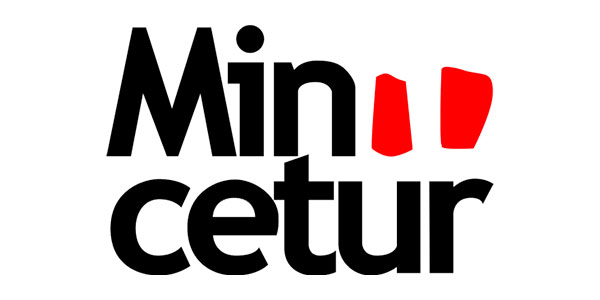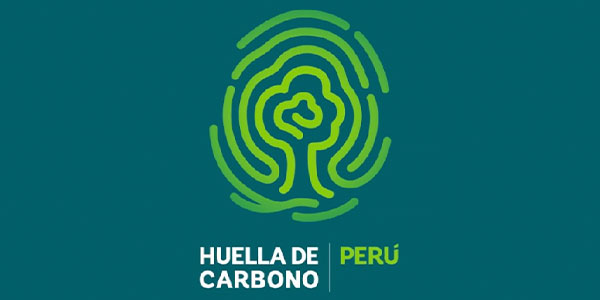Peru is famous for its contrasting landscapes, and the route to Machu Picchu traverses two different climates. Starting high in the Andes Mountain and winding down into lush jungle vegetation, here find information about the Expedition Train to Machu Picchu
This changing of climates can be experienced on the Inca Trail, but if you’re not up for four days without a hot shower, traipsing up and down endless stairs, fighting away bugs and camping in the middle of nowhere, then you’re not alone.
Taking the train to Machu Picchu also starts in the highlands, and winds its way through the countryside, through farmland and along the Urubamba river. As the mountains creep closer to the tracks, farmland turns to lush jungle valleys.
There are many ways to experience the beauty of Peru, and taking the Expedition train to Machu Picchu is one of the most iconic, while remaining kind to budgets. Read on to find out everything you need to know about Peru Rail’s Expedition Train to Machu Picchu.
Why Take the Expedition Train?
Peru Rail’s Expedition Train is more than just transport- it’s one of the most iconically beautiful trips in the world and takes its passengers on a voyage through the heart of the Andes and deep into the jungle.
Watching one landscape morph into another that is so wildly different and yet somehow, just as beautiful is an experience in itself. Coupled with large, comfortable seats, huge windows to enjoy the view, and ambient music in the background, the Expedition train is the most cost efficient luxurious way to get to Machu Picchu.
[end-div]
Where does the Expedition Train travel?
The Expedition Train takes its travelers to Machu Picchu and back again. Travelers can leave from Ollantaytambo, a quaint village located in the heart of the Sacred Valley and about as close to an Inca village as there is. If you have time in your schedule, spend a day or two in Ollantaytambo.
Ollantaytambo maintains the vibes of a sleepy village, while having plenty to do. Whether it’s visiting the ruins that loom over the town, or the storage houses that capture the last moments of sun. There are waterfalls close by and more ruins and viewpoints each a half-day’s hike away.
Trains run between Ollantaytambo and Aguas Calientes (the town just below Machu Picchu) throughout the year, taking an hour and fifty minutes each way. Transfers to Ollantaytambo take around 2 hours, depending on the time of day and the traffic. It is remarkably easy to arrange a transfer between the two. In fact, you can do it as part of your ticket. Read on to find out a bit more information about that.
The other option is from Poroy- a small town just over the hill from Cusco. The journey from here is a relaxing meander through the countryside, passing through farmland, strolling by rivers and streams, and generally soaking up the experience before arriving at Ollantaytambo, where other guests climb aboard and you continue on your way to Aguas Calientes.
Poroy is a 20 to 30 minute drive from Cusco depending on the traffic. The station itself is just 18 km from the city center. From Poroy to Aguas Calientes it takes 3 hours and 50 minutes. Typically this route is only recommended for the way there, or if traveling in daylight.
This is because it takes much longer than just driving to Ollantaytambo, which, when you are enjoying the view, is worth the extra time. After nightfall however, the benefits become tenuous. Better to just take a car and get back to your accommodation faster.
Ollantaytambo
- Getting to the Station: 2 hours
- Wait time at the station: 30 minutes
- Time on the train: 1 hour 50 minutes
- Total time: 4 hours 40 minutes
[end-div]
[end-div]
Poroy
- Getting to the Station: 30 minutes
- Wait time at the Station: 30 minutes
- Time on the Train: 3 hours 50 minutes
- Total time: 5 hours 20 minutes
[end-div]
[end-div]
[end-div]
The Poroy station is recommended for those who want to make their train journey into a real experience, it takes longer and you have more time to appreciate how the landscapes change. However, it is not available as an option from January through April.
This is because this time of year is the rainy season, and the route is at a slight risk of landslides- but only during this part of the year.
How to Get to the Stations?
There are a few options as you plan to travel to the stations, and each has different benefits, depending on the station.
Getting to Ollantaytambo Train Station
Taking a Taxi
Benefits: It is fast and efficient. You can enjoy the privacy of the journey and make any stops that you like. Pick up directly from your accommodation and drop off directly at the train station.
Negatives: It can be stressful to haggle with a driver, and arranging a private driver can be quite expensive.
Cost: Around 200s per car- you may be able to haggle this down to around 90s depending on how good your spanish is.
Traveling on Public Transport
Benefits: It’s cheap, it’s cheerful. It’s the way the locals do it.
Negatives: You will need to get to the shared car station and get on the bus or in the car yourself. There is a limited amount of luggage space available and it is a lot more cramped and takes a lot longer. You will also need to find your own way to the station on your arrival to Ollantaytambo.
Cost: 8 to 15 soles per person.
Taking the Bimodal Service
Benefits: As this service is run by Peru Rail, if something happens and your transport is running late they can either hold the train or provide alternative arrangements to fit. Comfortable and efficient travel, you are dropped off directly at the train station. You can purchase this at the same time as your train ticket.
Negatives: You need to find your own way to the train station in Cusco
Cost: Comparatively low- between $3 and $15 each way.
Food on the Train
On the Expedition Train there is no food included, however there is a snack cart which has a great variety of different things to choose from. From chocolate and crisps to quinoa based locally produced products. There are also soft drinks and alcohol available for purchase.
Conclusion
The Expedition train is the most cost efficient way to experience one of the most beautiful train journeys on the planet. It provides a fantastic experience at a fantastic price without compromising on service, comfort, or reliability.
It’s a wonderful option for your train journey to Machu Picchu. However, if you are interested in something that is a little more luxurious, why not find out a little more about the Vistadome Train?





